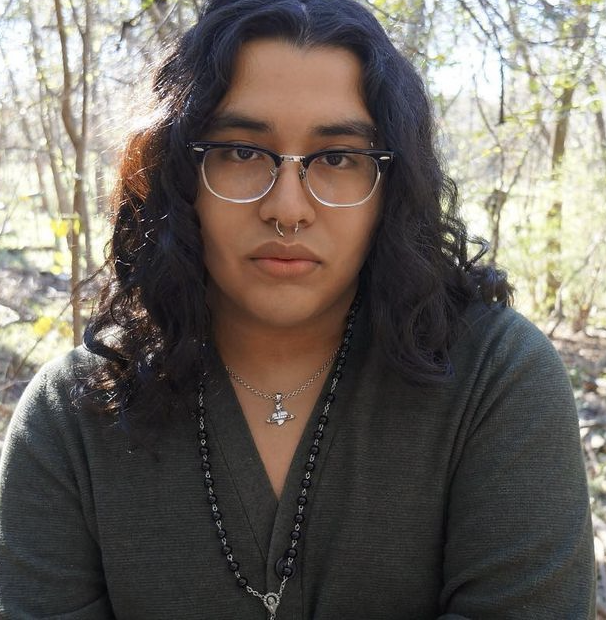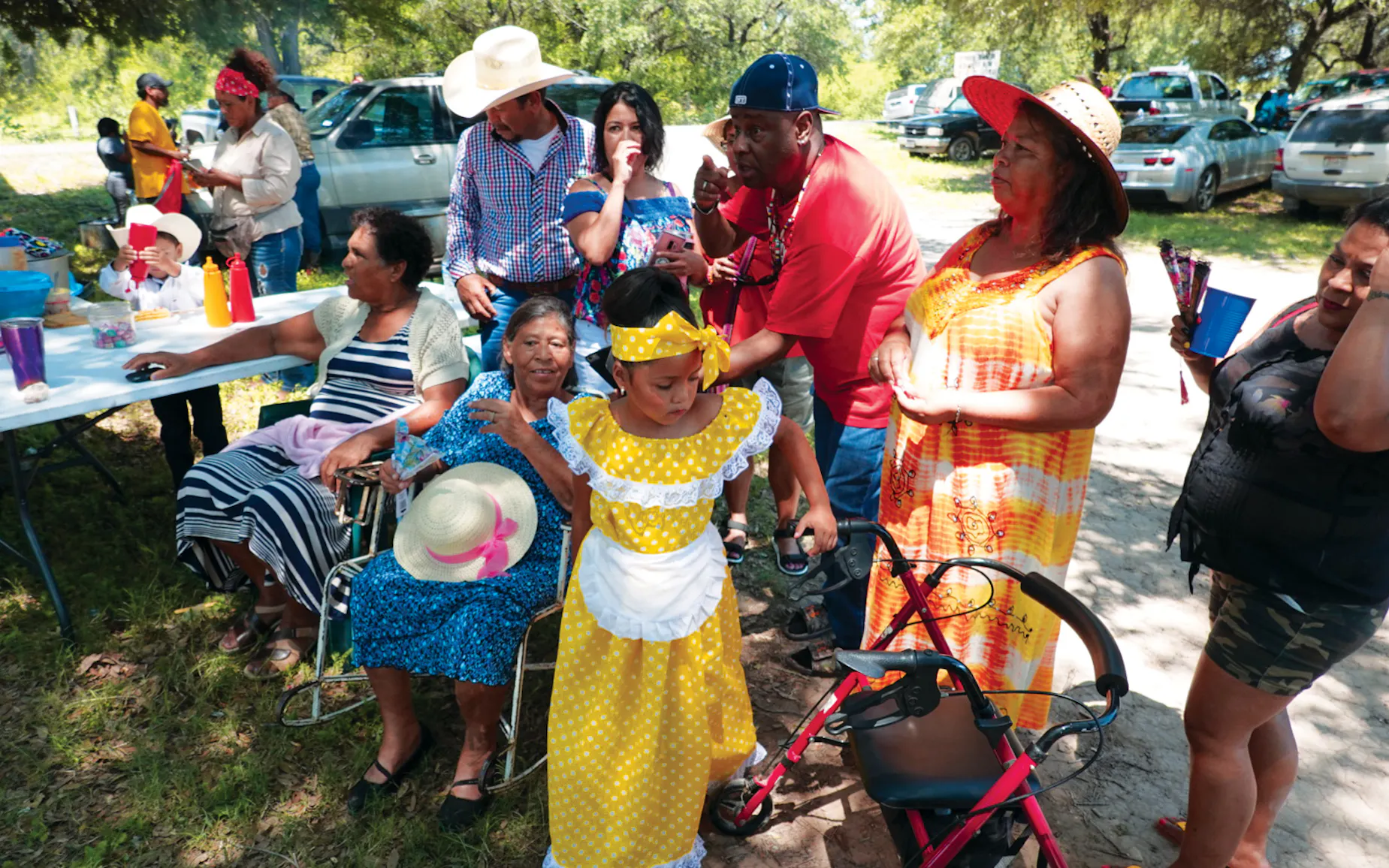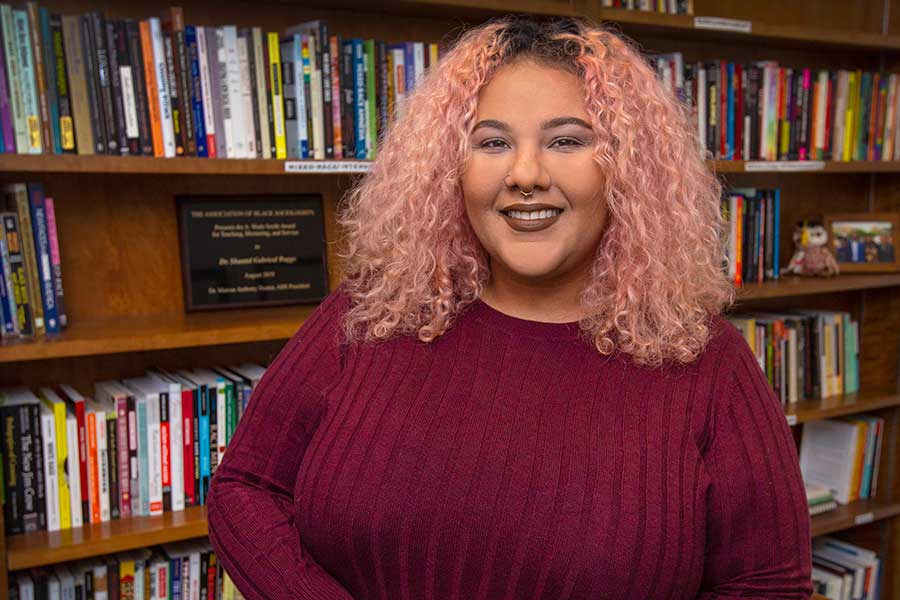The Kidnapped Child Who Became a PoetPosted in Articles, Autobiography, Interviews, Media Archive, Texas, United States on 2023-08-13 02:44Z by Steven |
The Kidnapped Child Who Became a Poet
The New York Times Magazine
2023-07-27

At age 3, Shane McCrae was taken from his Black father by his white grandparents — a rupture he explores in a new memoir.
“The weird thing about growing up kidnapped,” Shane McCrae, the 47-year-old American poet, told me in his melodious, reedy voice one rainy afternoon in May, “is if it happens early enough, there’s a way in which you kind of don’t know.”
There was no reason for McCrae to have known. What unfolded in McCrae’s childhood — between a June day in 1979 when his white grandmother took him from his Black father and disappeared, and another day, 13 years later, when McCrae opened a phone book in Salem, Ore., found a name he hoped was his father’s and placed a call — is both an unambiguous story of abduction and a convoluted story of complicity. It loops through the American landscape, from Oregon to Texas to California to Oregon again, and, even now, wends through the vaster emotional country of a child and his parents. And because so much of what happened to McCrae happened in homes where he was beaten and lied to and threatened, where he was made to understand that Black people were inferior to whites, where he was taught to hail Hitler, where he was told that his dark skin meant he tanned easily but, no, not that he was Black, it’s a story that’s been hard for McCrae to piece together.
“My grandparents,” McCrae explained in a somewhat gloomy, book-laden office at Columbia University, where he teaches poetry in its M.F.A. program, “were so actively keeping my father away from me — they didn’t want me to investigate him at all — it was just normal.” Normal, McCrae explained, because the story he had been told by his grandparents was that McCrae’s father, whose name he didn’t even know, abandoned him before he was born. “They had been doing it my whole life,” McCrae said matter-of-factly. “I didn’t think of it as, Oh, this is pretty strange.”…
Read the entire article here.








